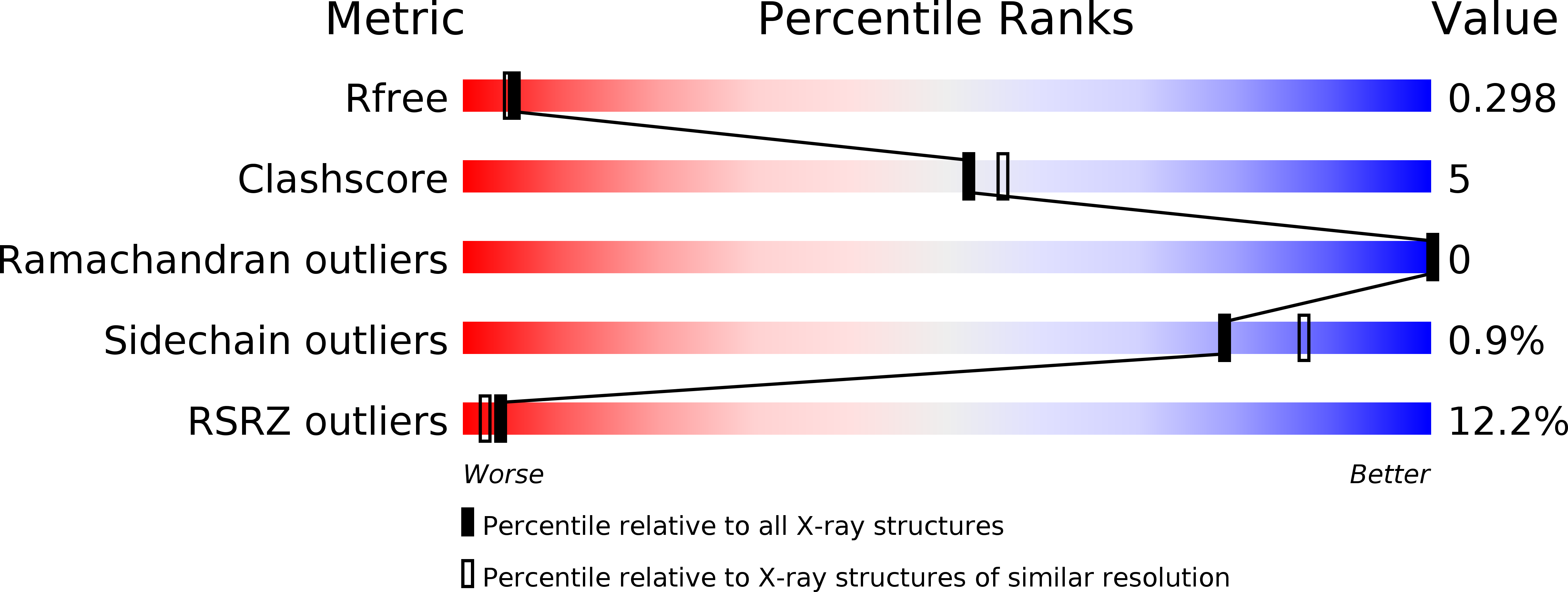
Deposition Date
2015-09-26
Release Date
2016-05-04
Last Version Date
2024-10-23
Entry Detail
PDB ID:
5DZW
Keywords:
Title:
Protocadherin alpha 4 extracellular cadherin domains 1-4
Biological Source:
Source Organism:
Mus musculus (Taxon ID: 10090)
Host Organism:
Method Details:
Experimental Method:
Resolution:
2.43 Å
R-Value Free:
0.29
R-Value Work:
0.26
R-Value Observed:
0.26
Space Group:
C 1 2 1


